| Cultivation | Combating agrophages ... Agrophages attack plants and lead to their death ... |
How is it used? Dosage |
| Railroad tracks | Ribwort plantain, cocksfoot, common bulrush, red bulrush, common mugwort, cornflower, orchid, swallowtail, field mustard, starflower, common spirea, buttercup, carmine buttercup, white meadow-grass, field clover, yarrow, cocksfoot, common fern, common milkwort, dandelion, Canada goldenrod, creeping thistle, common oat-grass, common couch-grass, common couch-grass, Common coltsfoot, Common nettle, Field bindweed, Persimmon fern, Three-leaved fern, Canada creeper, Field horsetail, Common foxglove, Common bugleweed, Common chamomile, centaury, amaranth, field sorrel, blunt-leaved sorrel, wood sorrel, yellow sorrel, common hellebore, field bindweed, annual panicle, green orchid, common vetch, narrow-leaved vetch. | Maximum/recommended dose for a single application: 7.5 l/ha. |
| Gooseberry, chokeberry, blackcurrant, redcurrant, whitecurrant, pear, peach, cherry, apricot, plum, cherry | Lanceolate bulrush, common bulrush, lesser cinquefoil, common mugwort, cornflower, uniflorous orchid, field violet, field mustard, common starflower, common spirea, purple buttercup, White balsam, white clover, cocksfoot, common cocksfoot, common poppy, liverwort, field milkwort, dandelion, Canada goldenrod, dew-oat, common hornwort, cocksfoot, tufted bulrush, Japanese cattail, Canada bindweed, hornwort, common bugleweed, common chamomile, common bulrush, common centipede, common elder, amaranth, Yellow sorrel, field sorrel, blunt sorrel, wood sorrel, field columbine, field bindweed, annual bluegrass, glandular willow, trichomonium, common vetch, narrow-leaved vetch, field horsetail | Maximum dose for single application: 8.0 l/ha. Recommended dose for single application: 3.0 - 8.0 l/ha. Maximum dose for single application: 80.0 ml/100 m2. Recommended dose for single application: 30.0 - 80.0 ml/100m2. |
| Forest nurseries, regeneration, afforestation | One-sided orchid, Chickweed, White bentgrass, Field poppy, Common fern, Canada bindweed, Common bindweed, Common centaury, Common bulrush, Annual panicle | Maximum dose for single application: 3.0 l/ha. Recommended dose for single application: 2.0-3.0 l/ha. |
| Apple tree | Ribwort plantain, cocksfoot, common bulrush, common mugwort, cornflower, monocot, field violet, field mustard, common starflower, common bulrush, purple loosestrife, white goosefoot, White clover, Cocksfoot, Corn poppy, Wood anemone, Common milkwort, Dandelion, Canada goldenrod, Dew-oat, Common stilt, Common couch grass, Three-leaved orchid, Canadian clover, knotweed, hornwort, common chamomile, common knotweed, common greenshank, rough amaranth, yellow sorrel, field sorrel, blunt sorrel, wood sorrel, columbine, field bindweed, annual meadow-grass, glandular willow, green hogweed, common vetch, narrow-leaved vetch, field horsetail, persimmon fern, field bindweed, common radish, soft clubroot, small-flowered yellowthread | Maximum dose for single application: 8.0 l/ha. Recommended dose for single application: 3.0 - 8.0 l/ha. Maximum dose for single application: 80.0 ml/100 m2. Recommended dose for single application: 30.0 - 80.0 ml/100m2 |
| Winter oilseed rape, winter wheat | Field violet, white comose, corn poppy, common fern, common bulrush, common bindweed, broad-leaved bindweed, common bindweed, common chickweed, Canadian puke, common fern, annual panicle | Maximum/recommended dose for a single application: 4.0 l/ha. |
| Gardens, plots of land, land around the house, sidewalks, driveways | Ribwort plantain, cocksfoot, common bulrush, red bulrush, common mugwort, cornflower, thale cress, swallowtail, field mustard, common starflower, common spirea, buttercup, crimson buttercup, white meadow-grass, field clover, yarrow, cocksfoot, common fern, common milkwort, dandelion, Canada goldenrod, creeping thistle, common oat-grass, common couch-grass, common couch-grass, common coltsfoot, common nettle, field bindweed, field bindweed, common cocksfoot, three-leaved couch grass, Canada creeper, orchid, lesser centaury, common bugleweed, common chamomile, centaury, rough amaranth, field sorrel, blunt-leaved sorrel, wood sorrel, yellow sorrel, common hellebore, field bindweed, annual panicle, green trichome, common vetch, narrow-leaved vetch. | Maximum dose for single application: 7.5 l/ha. Recommended quantity for a single application: 5.0 - 7.5 l/ha. Maximum dose for single application: 75.0 ml/100 m2. Recommended dose for single application: 50.0 - 75.0 ml/100 m2. |
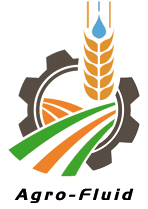



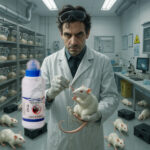
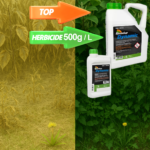
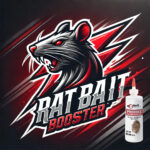
![[Title] 4](https://agro-fluid.de/wp-content/uploads/rattenbefall-vorher-nachher-_final_1-150x150.png)
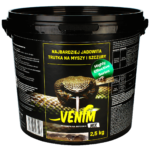

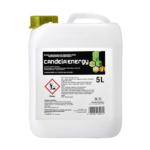



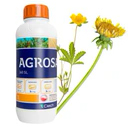

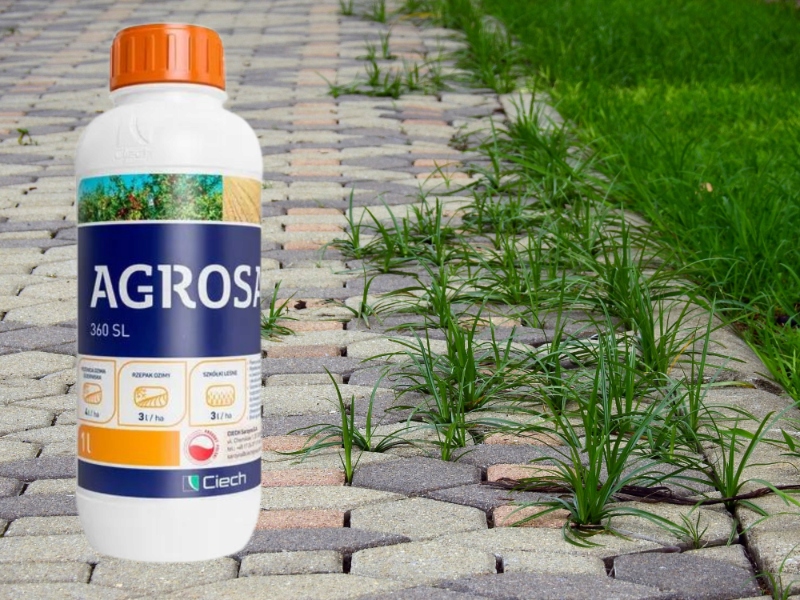
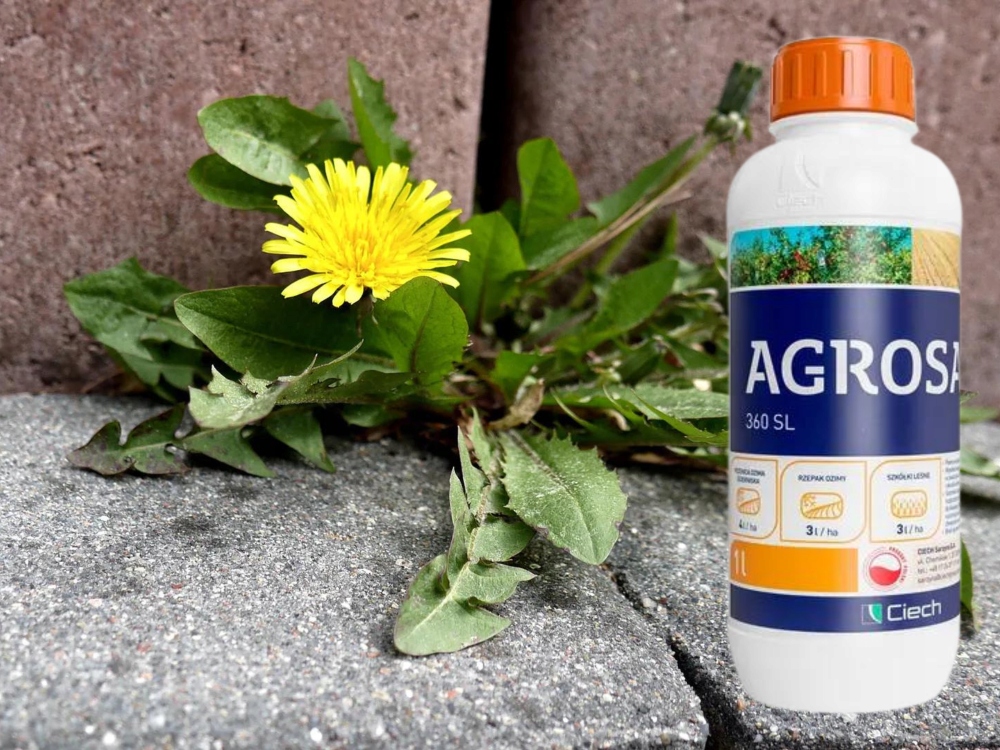
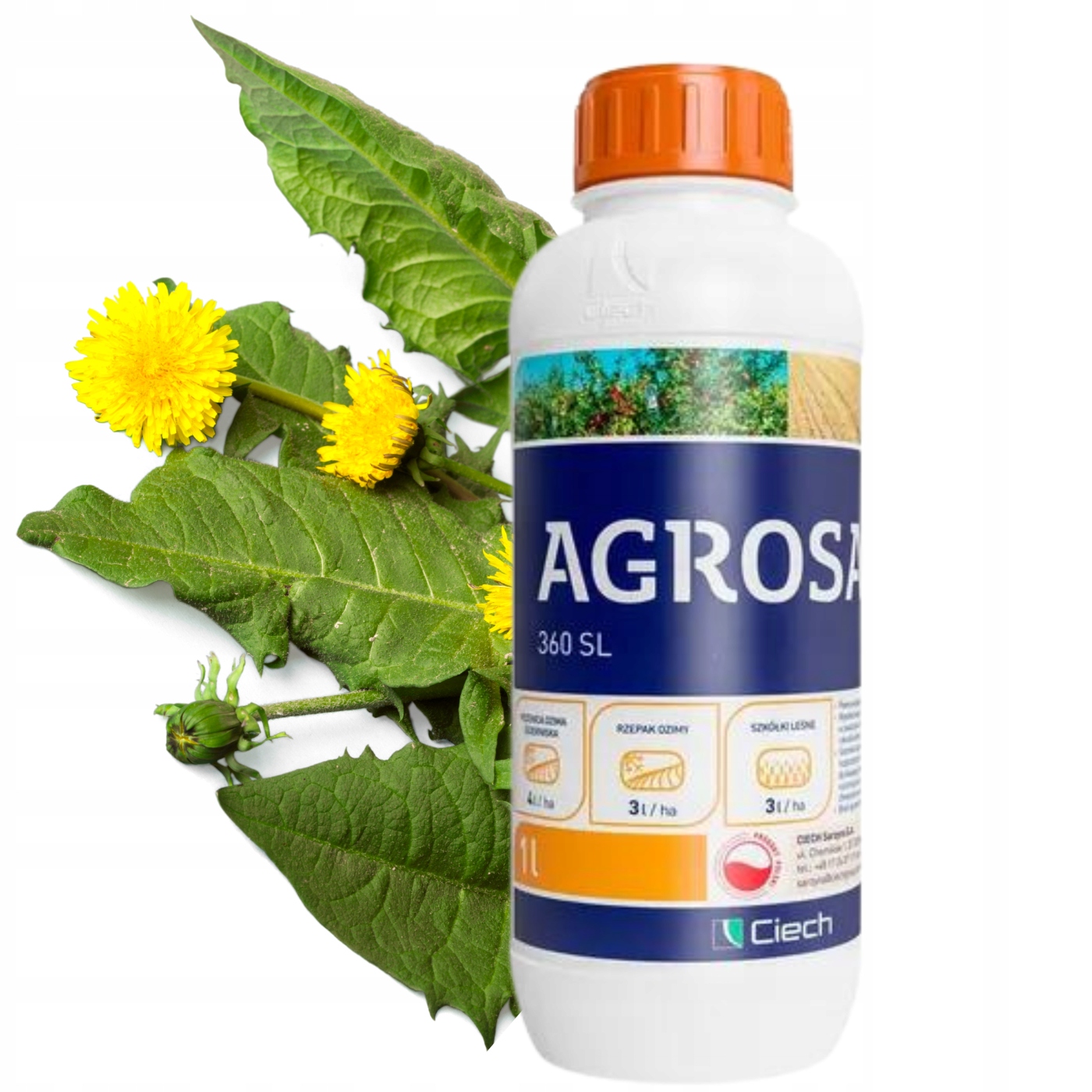


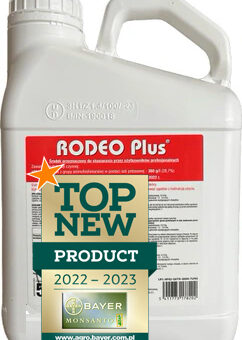



zeer terveden met het resultaat
Effectief middel zoals beschreven in website!